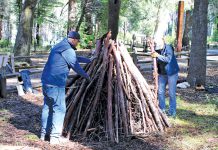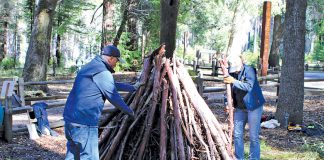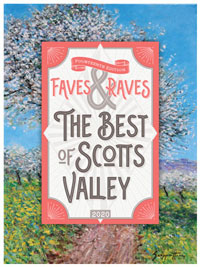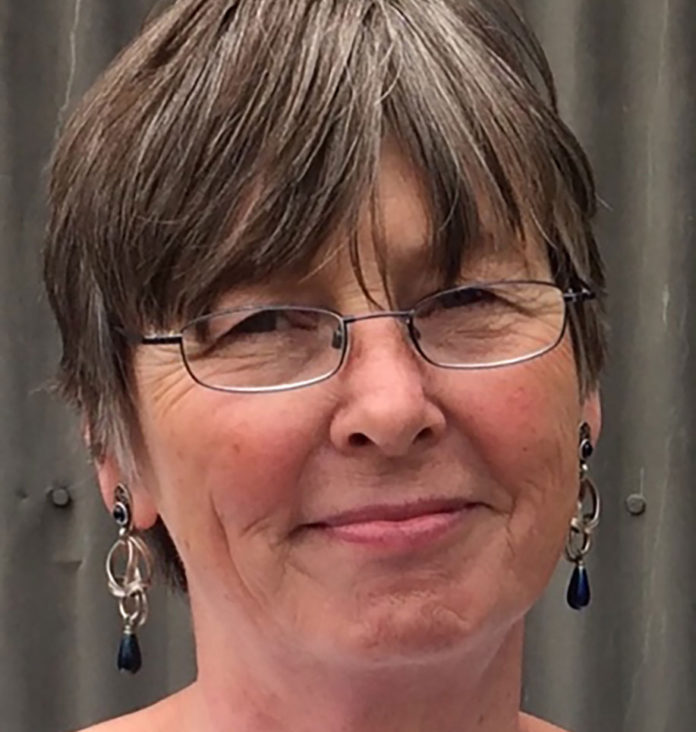
Author Rosemary Hayward has a thing for history. As she prepares to launch her sophomore effort, “Strait Lace,” Hayward is reveling in the joy of pursuing her passion.
Her first novel, “Margaret Leaving,” a historical mystery set in the 1970s, was published in 2017 and well-received by the public. In its pages, family secrets, hidden love and some lesser-known events of the second world war intertwined in the 20th century family saga set in Maidenhead and Oxford (both in England) and Paris.
As she leans into her second novel, Hayward is excited to share her work at a book launch on Saturday, March 8 (International Women’s Day) at 2pm at the Scotts Valley Library.
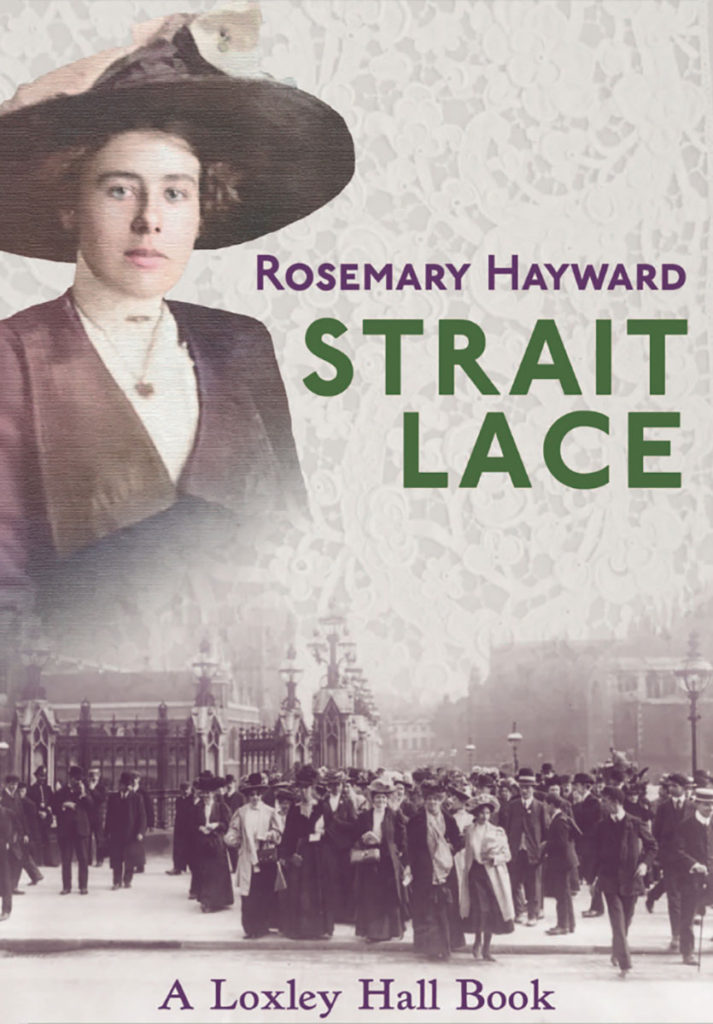
For Hayward, her books harken back to times long past (although the 1970s don’t feel that far away for some). When asked about the settings of historical time periods, Hayward replied, “You write what you know, what you love and what you seek to understand. I’ve always loved history—the stories of people in the past—and I’ve always tried to put myself in their shoes and walk the paths they walked. Once I started writing fiction, when I was in my 40s, I found myself gravitating to history.”
“Strait Lace” focuses on the Loxley women, an historical family that Hayward imagined into reality on the pages of her novel.
“‘Strait Lace’ is the first Loxley Hall book and is definitely historical fiction—a story set entirely in the past about the experiences of Harriet Loxley,” Hayward said. “‘Strait Lace’ required building a historical world I had not experienced myself.”
The impetus for “Strait Lace” was found on the bookshelves in Hayward’s Santa Cruz home.
“I don’t actually read much genre historical fiction, but I looked along my bookshelf and found Louis de Bernieres’ ‘Birds Without Wings,’ Claire Clarke’s ‘The Great Stink,’ Umberto Eco’s ‘The Name of the Rose’ and Charles Frazier’s ‘Cold Mountain,’ which all taught me something about times past,” she said. (“Cold Mountain” was adapted for the screen by director Anthony Minghella as the 2003 film by the same name, starring Jude Law, Nicole Kidman and Renée Zellweger.)
Hayward also points to Hilary Mantel, a British writer whose work includes historical fiction, personal memoirs and short stories, as an influence.
“She’s the greatest. I can’t say I aspire to her, or even am inspired by her as a writer. I just worship her,” she said.
Hayward finds great interest in the mid-19th century suffrage movement.
“The desire to write about the suffragettes came first, seeking inspiration came later. The motivation behind writing ‘Strait Lace’ was to understand more about these women,” Hayward explained. “I found there is very little fiction centered on these extraordinary political events of Edwardian England—very little that isn’t the Downton Abbey variety that is. ‘Strait Lace’ is fiction. However, you can’t write fiction about politics without reference to historical events and the people involved in those events.”
Hawyard chose to make her main character, and all except one of her secondary characters, fictional. “That gives me much more scope to create them as I see them. Within these pages, there is a love affair, family relationships and an evil plot to deprive the family of their lace-making business. ‘Strait Lace’ isn’t all worthiness and politics,” she added.
“I do want people to know more about the fight for the vote and what it was like. It was an international phenomenon, taking place in America, Britain and Europe in parallel,” Hayward said. “I want readers to think about why it took so long (three generations), why there was so much resistance and what was it that finally tipped the balance? I don’t pretend I’ve answered those questions. I’m asking them and showing what might have happened to one woman and how she thought and felt.”

